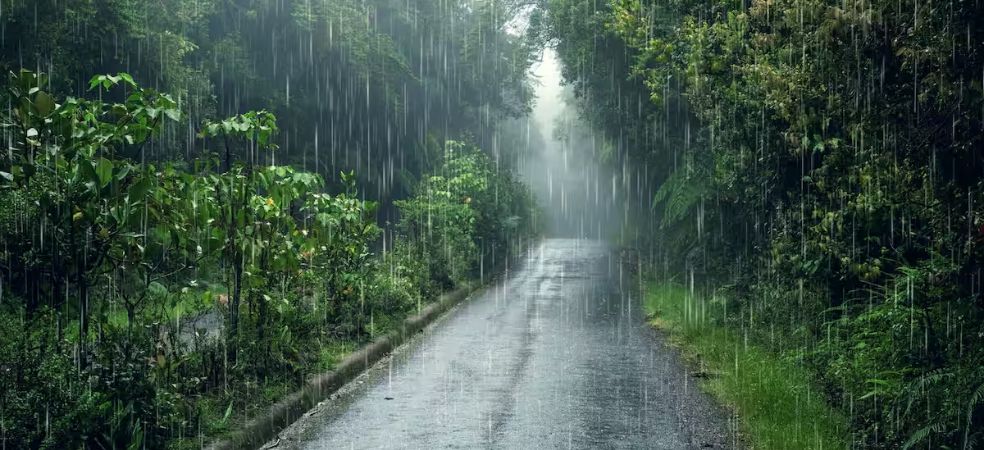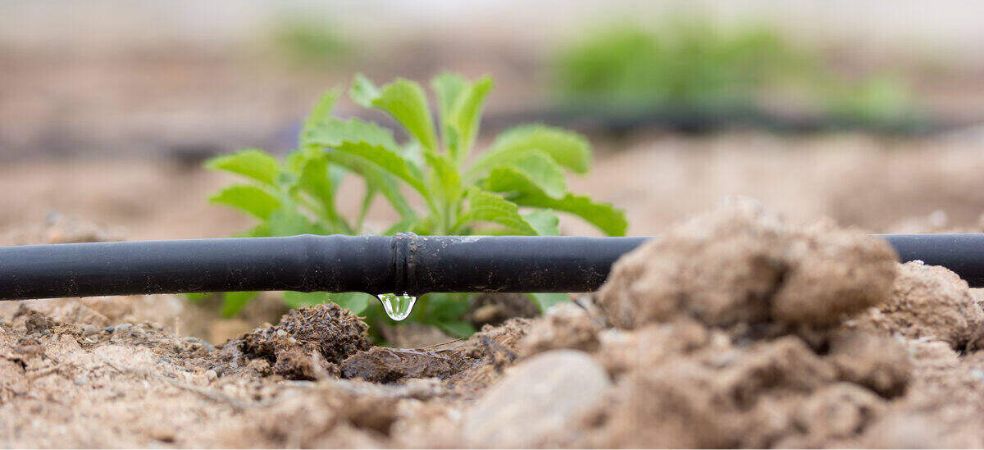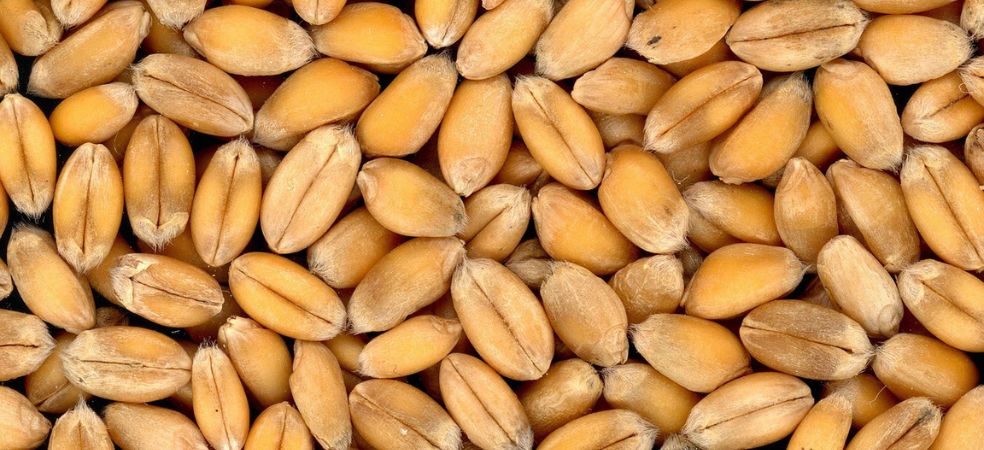Farming today has become much easier than farming in the olden times. The biggest reason for this is modern agricultural machines, with the help of which today any farming work can be completed in a few minutes, whereas earlier farmers had to labor for hours in the fields for these works. One of these modern machines is the harvester which helps in harvesting many types of grain crops.
The harvester completes several operations at the time of harvesting, such as cutting, threshing, gathering and winnowing. In today’s time, farming without machines has become unimaginable. However, many farmers are not able to buy these modern agricultural machines because of their high cost. In such a situation, the government provides this equipment to the farmers on subsidy.
Madhya Pradesh government gives a subsidy of 50% for the purchase of harvesters. Even after getting a 50% subsidy, if the farmer does not have the remaining money, then the government provides a loan facility for this and the farmer can buy the harvester by taking the benefit of half loan and half subsidy. To apply online for the Harvester Subsidy Scheme, visit the website of Madhya Pradesh Government dbt.mpdage.org and also get more information about the scheme from here.
Source: Kisan Tak
For information related to beneficial government schemes related to agriculture and farmers, read Gramophone articles every day. Don’t forget to share this article with your friends using the share buttons below.
Share









